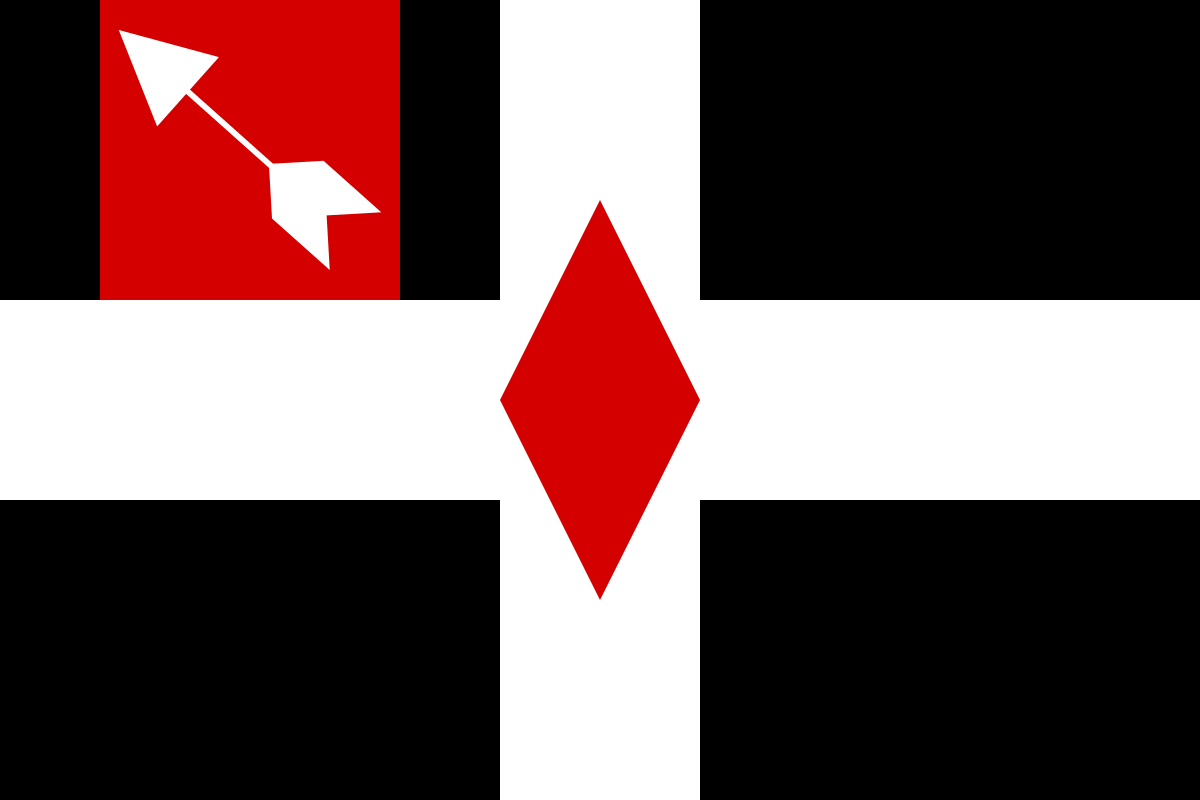Astäfülo
Sometimes, I wonder if the inhabitants of that city know they haven't been an independent country for more than a century. I suppose that so little changed with them joining the confederation that it may as well have never happened.Astäfülo, officially the State of Astäfülo, is a confederated state within the Confederation of Doifanyäl. Prior to joining Doifanyäl, it was an independent city state in central Thurásin for over 500 years.
History
The city of Astäfülo has an unclear construction date, with the settlement appearing along the River Tsädh by the Era of Destruction at the latest. Named for the red rocks found in the nearby hills, it acted as a minor trading hub between the upper and lower stretches of the river, but was otherwise unremarkable. Astäfülo only began to come to prominence during the conquest of the region by the Urisoril Empire, where it was one of the last settlements along the region to fall under their occupation. Its position at the northern edge of the empire made it a far more important trading hub with the nearby countries of Ozäxa-Lavüdh and Varrzaxadh, serving as the first stop before travelling further downriver. Similarly, when the region was unconquered during the Era of Collapse, Astäfülo often served as a launching pad for defensive maneuvers by the Empire and later offensive maneuvers by rebel forces. It retained its trade hub position when it became part of the reformed Kingdom of Zdärrözadh, and blossomed into a moderately wealthy city. This distance from the capital of the kingdom soon became a problem, as residents felt they shared little in common with those near the coasts who controlled everything. While their concerns were initially met with resistance, later rulers granted some autonomy to the city and its immediate surroundings. When the situation remained prickly, King Külvisko III officially granted them independence in 64 Renewal. Now sovereign, the city-state set about capitalising on its convenient location to establish trade with all of its neighbours. Crucially, it maintained a close relationship with Zdärrözadh, enabling it to use the River Tsädh to carry goods all the way out to sea. This comfortable situation changed with the outbreak of the Central War, which saw Ozäxa-Lavüdh attempt to conquer Zdärrözadh. This forced Zdärrözadh to shut down all river access, leaving Astäfülo isolated. When soldiers from both sides came to their walls, the city turned them away and declared total neutrality, though this did not stop their borders being slowly encroached on by many around them as trade dried up and left the city a shadow.Post War
Luckily, the war came to an end before Astäfülo could collapse into anarchy, and the city's mayor was able to include the condominium clause in the Treaty of Üniyodh. With this clause, Astäfülo regained complete access to the River Tsädh that was unable to be taken away, though they now had to share the river with all along its shores. They swiftly set about restoring trade to those countries that survived the war, and establishing relations with those created in its course. Though Astäfülo survived and rebuilt, the precariousness of its position was clear. To that end, later mayors would seek defensive treaties from the city's large neighbours. Most notably was the alliance struck with the small landlocked nation of Klomadh, wherein the Klomayo would help with the city's defence in exchange for free access to Astäfülo's port. This relationship, struck in 19 Ascent, proved so enduring and close that many consider Klomadh to have become a client state or territory of Astäfülo. Despite their position, Astäfülo experienced gradual decline over the centuries, and was especially hard hit by the Rainbow Plague which sparked the Era of Famine. Its heavy reliance on trade seemed like it would once again be its undoing, until the intervention of the Confederation of Doifanyäl. Once the plague had settled down, Doifanyäl reached out to the city's mayor with an offer of a position within the confederation, noting that their riverside position would make them the nexus for international trade with the country. With little other option, Astäfülo accepted, and became the 5th State of Doifanyäl in 24 Famine. As predicted, Astäfülo became a haven of activity as people from across the country came to its port to get their goods out to the world, and the improved paths that came with the aid of their fellow states made overland trade safer and more efficient. As such, while Astäfülo is still functionally an autonomous state with little oversight from the federal government, no member of the Astäfülayo government would seriously suggest leaving the confederation.Structure
Astäfülo is a republic, with the governing Council is elected in two sections - those from the city itself are elected via proportional vote by the entire city, while those from the Klomadh region are directly elected by each town and city district. The mayor, who is given authority over both areas of the state, is elected by a vote from every citizen in the state. Somewhat uniquely, foreign traders and residents from other Doifanyäl states are also able to vote for Mayor, these votes are tallied separately and are only "used" in the event no candidate reaches an absolute majority.
Founding Date
64 Renewal 668 Years Ago, Independence from Zdärrözadh
24 Famine 121 Years ago, Joined Doifanyäl
24 Famine 121 Years ago, Joined Doifanyäl
Type
Geopolitical, City-state
Demonym
Astäfülayo
Government System
Democracy, Representative
Power Structure
Semi-autonomous area
Parent Organization
Official Languages
Neighboring Nations
Crossfire
Astäfülo was placed in an awkward position when war erupted in Central Thurásin. Not only was it sandwiched between the two primary powers in the war, Ozäxa-Lavüdh and Zdärrözadh, but it has historically close ties to the latter. This made it difficult for the city to enforce its neutrality, as by its own admission many of its citizens fought for Zdärrözadh during the conflict. This closeness was often used to justify attacks on its borders by countries who weren't allied to Zdärrözadh, with Ozäxa-Lavüdh in particular ignoring their neutrality. These attacks were roundly condemned by all sides, and contributed to the dark period in Astäfülo that followed. With the signing of the Treaty of Üniyodh, Astäfülo's pre-war borders were restored. Diarch Dhözii I of Ozäxa-Lavüdh also arranged for reparations to be paid to the city-state for the damage caused, and personally delivered a full apology for the actions of her predecessors. Dhözii's penitence, however sincere, helped greatly to restore the relationship between the two, though there is still some distrust amongst Astäfülayo of their large neighbour.
Burning Book by Movidagrafica




Wow, they've had a long and interesting history. I really like how well thought out it is. I also love the idea that outside traders can vote on the mayor, but their votes are only used in a tie.
Explore Etrea | March of 31 Tales